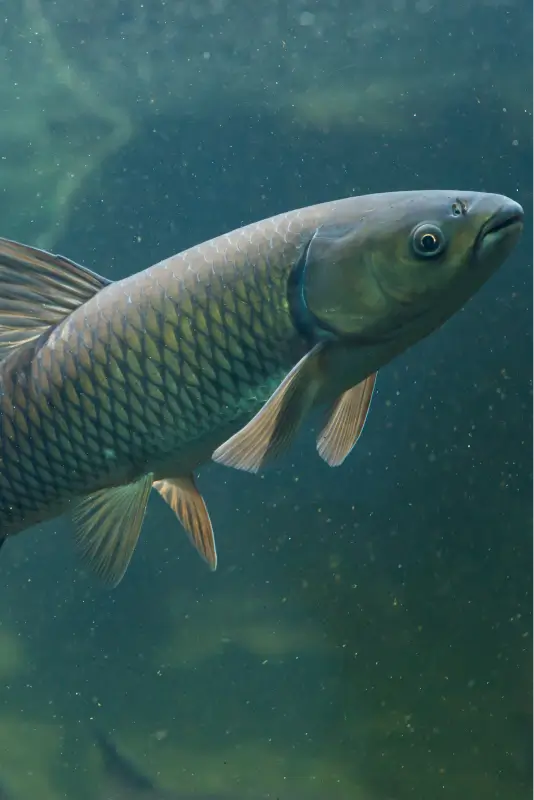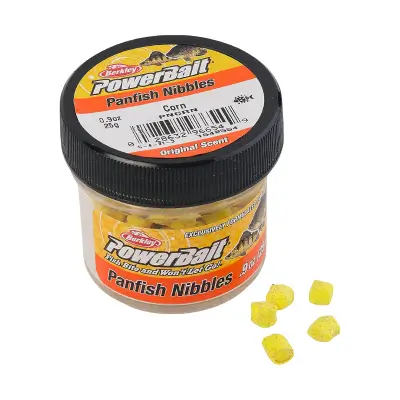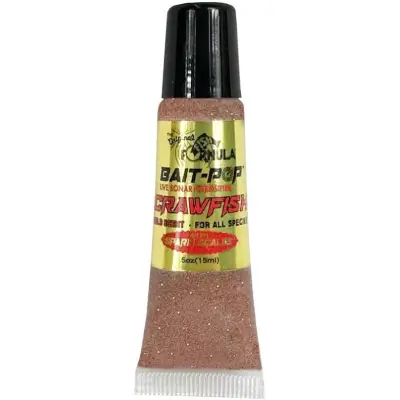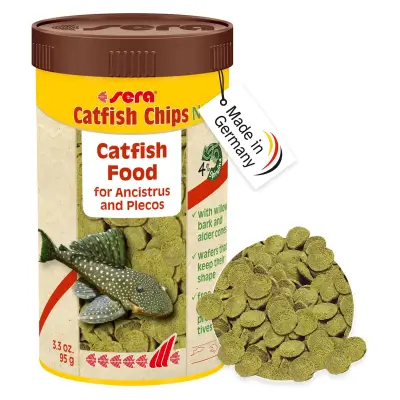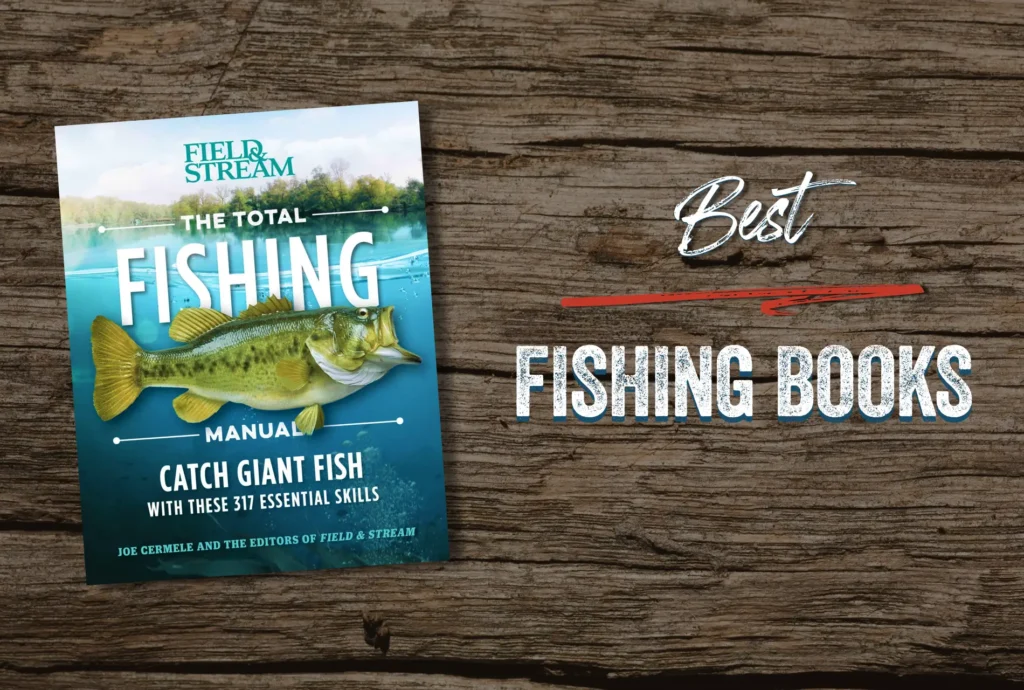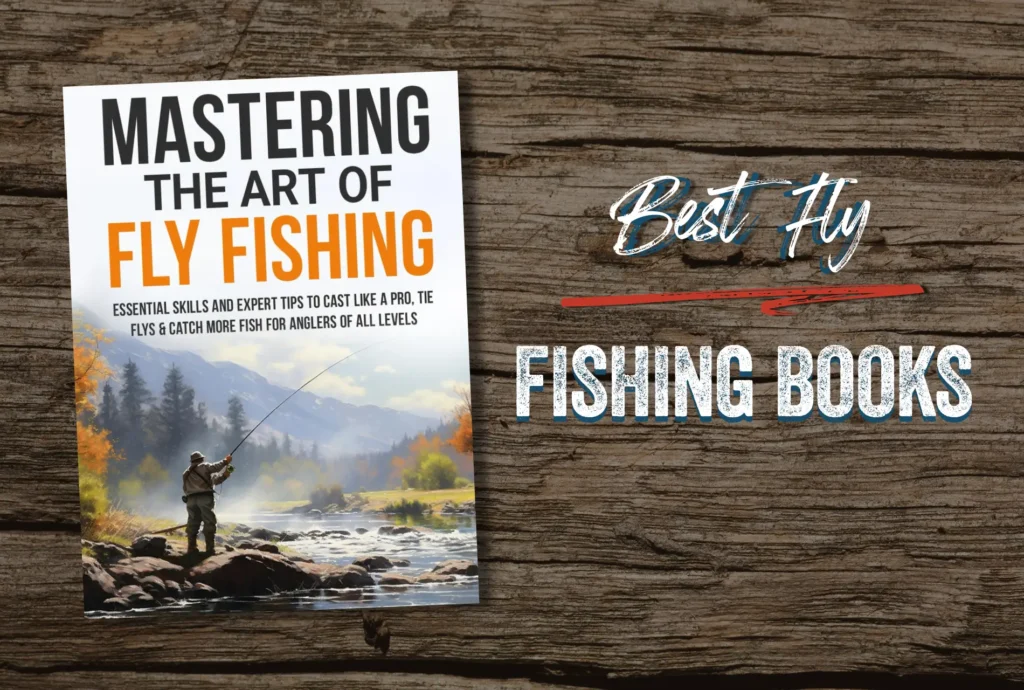White Amur Fishing: Essential Bait, Lures & Tackle
White Amur Fishing: Essential Bait, Lures & Tackle
White Amur, also called grass carp, are unique fish that can be fun to catch due to their size and strength. Originally from Asia, they’re stocked in many U.S. lakes and ponds to help control plant growth, as they eat lots of vegetation. White Amur prefer warm, freshwater areas with plenty of weeds, reeds, or other plant life to munch on.
To catch White Amur (aka Grass Crap), you’ll need some patience—they’re often shy and easily spooked. Anglers usually use corn, lettuce, bread, or specially flavored dough balls as bait, which can tempt these herbivores. Early morning and late afternoon are great times to fish for them, as they’re more likely to be feeding near the surface. When hooked, White Amur are strong fighters, often making long, fast runs. Catching one is exciting and challenging, and it’s a rewarding way to spend a day by the water.
White Amur (Grass Carp) Fishing Facts
Location
Habitats
Diet
Activity







